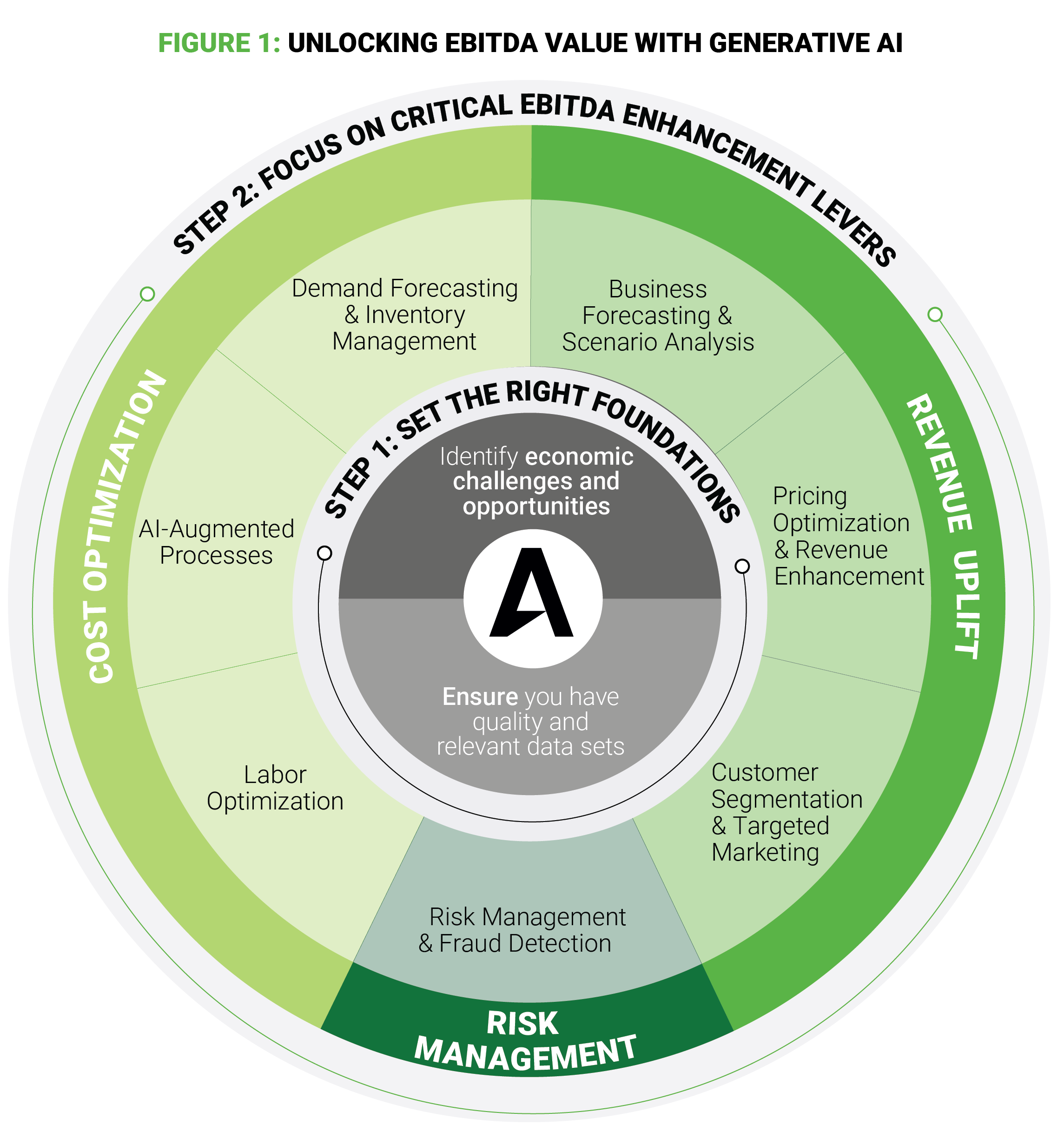Investigative journalism stands as a cornerstone of democracy, dedicated to uncovering hidden truths, holding power accountable, and informing the public. For centuries, this critical pursuit has relied on painstaking research, meticulous fact-checking, and the unwavering dedication of human journalists. However, a new paradigm is emerging with the rapid ascent of Generative Artificial Intelligence (AI). This transformative technology, capable of creating text, images, audio, and more, is not merely an incremental upgrade but a fundamental shift that promises to revolutionize how journalists conduct deep dives into complex issues.
- The Promise of Generative AI in Investigative Journalism: Unlocking New Capabilities
- Enhanced Data Analysis and Pattern Recognition
- Accelerating Information Gathering and Open-Source Intelligence (OSINT)
- Automating Routine Tasks for Deeper Investigations
- Navigating the Ethical Minefield: Key Considerations for Generative AI
The integration of Generative AI into investigative journalism presents a dual-edged sword. On one side, it offers unprecedented capabilities for accelerating data analysis, identifying patterns across vast datasets, and automating routine tasks, thereby freeing journalists to focus on the nuanced storytelling and critical human connections essential to their craft. On the other side, it introduces a labyrinth of profound ethical considerations, particularly concerning data accuracy, the potential for algorithmic bias, and the proliferation of sophisticated misinformation. Navigating this evolving landscape requires a clear understanding of AI’s potential, a robust commitment to journalistic principles, and a proactive approach to developing ethical frameworks and innovative verification methodologies. This article delves into the profound impact of Generative AI on investigative journalism, exploring its transformative potential, dissecting the critical ethical dilemmas it poses, emphasizing the paramount importance of data accuracy, and peering into the future innovations that will define the next era of truth-seeking.

The Promise of Generative AI in Investigative Journalism: Unlocking New Capabilities
Generative AI, with its capacity to synthesize, analyze, and create, offers a suite of powerful tools that can significantly augment the investigative journalist’s arsenal. By automating mundane tasks and enhancing analytical capabilities, AI can enable deeper, faster, and more comprehensive investigations.

Enhanced Data Analysis and Pattern Recognition
One of the most immediate and impactful applications of Generative AI in investigative journalism is its ability to process and analyze vast quantities of unstructured and semi-structured data. Traditional investigative methods often involve sifting through mountains of documents, financial records, emails, and public statements—a time-consuming and often overwhelming task. Generative AI models, particularly Large Language Models (LLMs), can rapidly ingest and make sense of this data.
For instance, an AI tool can:
- Identify Anomalies in Financial Records: By analyzing financial statements, invoices, and transaction logs, AI can flag unusual payments, discrepancies, or patterns indicative of fraud or corruption that might elude human eyes.
- Connect Disparate Information: AI can link individuals, entities, and events across different datasets, revealing hidden networks or relationships that form the backbone of complex investigations. Imagine an AI sifting through thousands of corporate filings, identifying common directors or beneficiaries across shell companies.
- Summarize and Extract Key Information: Instead of reading hundreds of pages of legal documents or policy reports, journalists can use AI to generate concise summaries, pinpointing crucial clauses, names, or dates. This allows for quicker comprehension and identification of actionable leads.
- Synthesizing Public Records: Quickly compiling information from public databases, court documents, legislative records, and news archives. An AI could, for example, build a comprehensive profile of a public figure by cross-referencing all available public data.
- Monitoring Social Media and Online Forums: While requiring careful ethical handling, AI can help monitor vast swathes of online content to detect emerging trends, public sentiment shifts, or the spread of specific narratives that warrant further investigation.
- Language Translation and Cross-Lingual Research: For international investigations, AI can instantly translate documents, interviews, and media reports across multiple languages, breaking down significant linguistic barriers and expanding the scope of inquiry. This allows journalists to access and understand information from global sources that were previously inaccessible.
- Transcription: Accurately transcribing hours of audio interviews or recordings, saving countless hours of manual work.
- Initial Report Drafting: Generating preliminary drafts of background reports, summaries of findings, or even initial outlines for articles based on collected data. These drafts serve as a starting point, which journalists then refine, verify, and infuse with their unique perspective.
- Categorization and Tagging: Automatically categorizing documents, emails, or media files based on content, sentiment, or key entities, making large archives easily searchable and navigable.
- Impact on Investigations: If an investigative journalist relies on AI-generated summaries or factoids without rigorous independent verification, they risk publishing inaccurate information, leading to severe reputational damage and undermining the credibility of the news organization. Imagine an AI falsely attributing a quote to a source or fabricating a financial transaction.
- Case Study Example: Early iterations of AI chatbots have been documented generating incorrect legal citations or fabricating academic sources when prompted for research. In a journalistic context, such errors could lead to wrongful accusations or misinterpretations of critical evidence.
- Impact on Investigations: An AI model trained on biased data might inadvertently perpetuate stereotypes, misrepresent minority groups, or overlook crucial details relevant to certain communities. For example, an AI assisting in crime reporting might disproportionately highlight certain demographics if its training data reflects biased policing practices. This can lead to skewed narratives, unfair targeting, or the failure to identify systemic injustices.
- Ethical Dilemma: How can journalists ensure that the AI tools they use are fair and do not contribute to algorithmic discrimination, especially when uncovering issues of social justice, civil rights, or economic inequality?
- Impact on Investigations: Investigative journalists often rely on visual and audio evidence. Deepfakes can be used to discredit legitimate evidence, frame innocent individuals, or spread propaganda, making the verification process exponentially more challenging. The public’s ability to discern truth from fiction is already under strain; deepfakes exacerbate this crisis.
- Ethical Imperative: Journalists have a responsibility to not only avoid creating or disseminating deepfakes but also to actively educate the public about their existence and how to identify them.
- Risks: Feeding confidential documents, anonymous tips, or sensitive personal information into public or inadequately secured AI models could inadvertently expose sources, compromise ongoing investigations, or violate privacy laws. The “black box” nature
This capability is particularly vital when dealing with large-scale data leaks, such as the Panama Papers or Pandora Papers, where the sheer volume of information necessitates advanced analytical support.
Internal Link Suggestion: To learn more about handling large datasets, explore our guide on Big Data Analytics for Journalists.

Accelerating Information Gathering and Open-Source Intelligence (OSINT)
Generative AI can dramatically speed up the initial phases of information gathering, particularly in open-source intelligence (OSINT). This involves collecting and analyzing information from publicly available sources to develop actionable intelligence.
AI tools can assist by:
By automating these preparatory steps, journalists gain more time to conduct interviews, verify facts, and craft compelling narratives.

Automating Routine Tasks for Deeper Investigations
Beyond analysis, Generative AI can automate many of the laborious, routine tasks that consume a significant portion of an investigative journalist’s time. This automation doesn’t replace the journalist but augments their capacity, allowing them to focus on higher-value activities that demand human intuition, empathy, and critical judgment.
Examples include:
By offloading these repetitive tasks, Generative AI empowers journalists to dedicate more resources to the core tenets of investigative work: verifying sources, conducting in-depth interviews, building trust with whistleblowers, and constructing impactful narratives that resonate with the public.

Navigating the Ethical Minefield: Key Considerations for Generative AI
While the potential benefits of Generative AI are immense, its adoption in investigative journalism is fraught with complex ethical challenges. Addressing these concerns proactively is paramount to maintaining journalistic integrity and public trust.
The Challenge of Data Accuracy and Hallucinations
One of the most significant risks associated with Generative AI, particularly LLMs, is the phenomenon of “hallucination.” This refers to the AI generating plausible-sounding but entirely false information, presenting it as factual. Unlike traditional software that operates on deterministic rules, Generative AI models are probabilistic; they predict the most likely next word or pixel based on their training data, not necessarily the truth.
Actionable Advice: The golden rule remains: Always verify. Every piece of information generated or processed by AI must be cross-referenced with original sources, corroborated by human experts, and subjected to the same rigorous fact-checking protocols applied to human-generated content. AI should be treated as a powerful assistant, not an infallible oracle.
Bias, Fairness, and Algorithmic Discrimination
Generative AI models learn from vast datasets, and if these datasets reflect societal biases, the AI will inevitably perpetuate and amplify them. Biases can be present in the data due to historical discrimination, underrepresentation of certain groups, or skewed perspectives embedded in the source material.
Actionable Advice: Newsrooms must demand transparency from AI developers regarding training data and model architecture. They should also actively seek out and implement AI tools designed with fairness and bias mitigation in mind. Journalists must be trained to recognize and challenge potential biases in AI outputs, employing a diverse range of perspectives in their editorial review process.
Deepfakes, Misinformation, and the Erosion of Trust
Generative AI’s ability to create highly realistic synthetic media—known as deepfakes—poses an existential threat to trust in media and public discourse. Deepfakes can convincingly mimic voices, faces, and even entire video sequences, making it incredibly difficult to distinguish genuine content from fabricated material.
Actionable Advice: Newsrooms must invest in AI detection tools capable of identifying synthetic media. Furthermore, journalists need to adopt a “assume nothing, verify everything” mindset, especially when encountering sensational or emotionally charged multimedia content. Media literacy initiatives, both internal and external, are crucial to arming journalists and the public against this threat.
Source Protection, Privacy, and Confidentiality
Investigative journalism frequently deals with highly sensitive information, confidential sources, and private data. Introducing Generative AI into this workflow raises serious concerns about data security and the potential for breaches.




